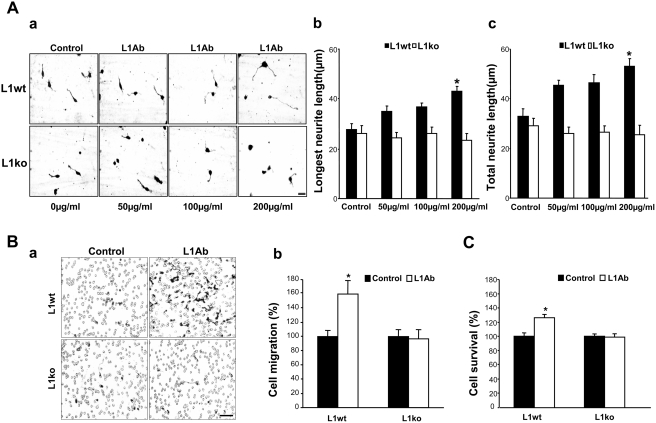Figure 3. Activation of L1 promotes neurite outgrowth, cell migration and survival.
A. Cerebellar granule neurons isolated from cerebella of 6- to 8-day-old L1+/y (L1wt) and L1−/y (L1ko) mice were seeded on coverslips coated with PLL. After 1 hour in culture, L1 antibody 557 or rat IgG (control) were added into the culture medium and the cells were cultured for a further 24 hours. a. Bright field micrographs of cerebellar neurons isolated from L1+/y (L1wt) and L1−/y (L1ko) mice and cultured with different concentrations of L1 antibodies (L1Ab: 50, 100, and 200 µg/ml). b. Longest neurite length. c. Total neurite length. B. To verify the role of L1 in cell migration, the undersurface of transwell membranes was coated with the L1 antibody. In the control group, the undersurface of transwell membranes was coated with rat IgG. Relative numbers of cells transmigrating through the membrane were determined by staining cells on the undersurface of the transwell membrane followed by cell lysis and measurement of the absorbance value. Optical density measures of the dye level were directly proportional to numbers of migrated cells. Neuronal migration induced by L1 antibody was significantly increased compared with neuronal migration induced by rat IgG in the neurons isolated from L1+/y (L1wt) mice (O.D.: 0.294±0.024, 0.469±0.056, respectively), but not L1−/y (L1ko) mice (O.D.: 0.248±0.024, 0.238±0.033, respectively). Photomicrographs illustrate the migrated cells on the undersurface of the membrane (a). Quantitative measurement results of the optical density of the dye recovered by cell lysis (b). C. To investigate the role of L1 in cell survival, MTT analysis was performed. After anti-L1 antibody (L1Ab) treatment (white bars), cell survival was significantly enhanced in the neurons isolated from L1+/y (L1wt) mice (O.D.: 0.119±0.0047, 0.142±0.0055, respectively), but not L1−/y (L1ko) mice (O.D.: 0.0938±0.0025, 0.0919±0.0046, respectively). Rat IgG treatment was used as control. *: p<0.05, by Student's test.

